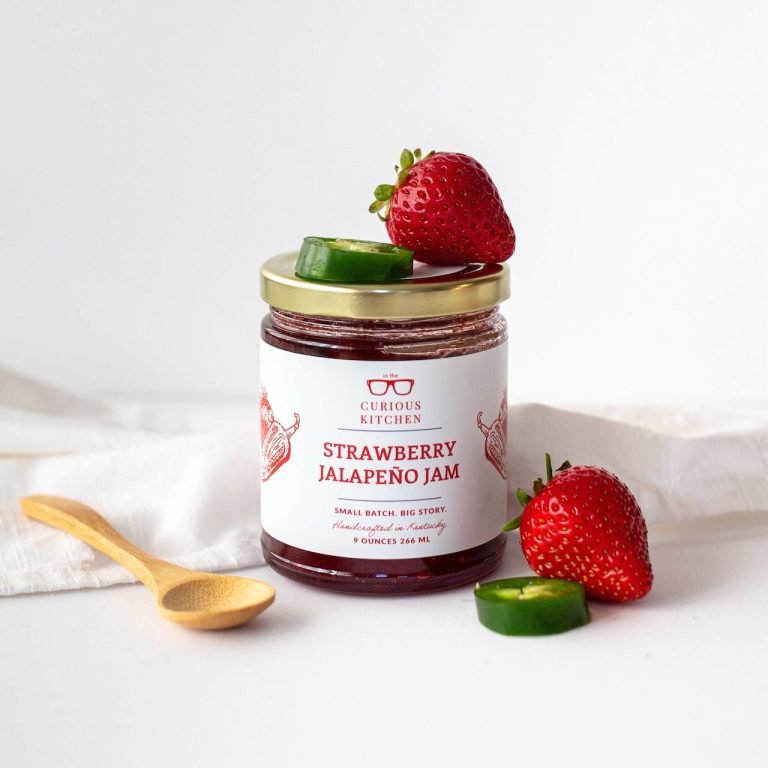Genoese Sponge: Classic Recipes, Modern Twists, and Dietary Adaptations
The Genoese sponge, named after its city of origin, Genoa, Italy, dates back to the 18th century. Italian pastry chefs created this cake to celebrate its fine structure and versatility. Genoa, a key maritime hub, facilitated the widespread popularity of this cake throughout Europe. By the 19th century, the Genoese sponge had become a staple in European bakeries.
Unique Characteristics
The Genoese sponge stands out for its airy texture and simple ingredients. Unlike other sponge cakes that use chemical leaveners, it relies solely on eggs for its rise. Eggs are whipped to a high volume, creating a light, fluffy batter. Flour and sugar are gently folded in to maintain the aeration. In addition, butter is often melted and incorporated to add richness without compromising the lightness. This process results in a versatile cake base, perfect for layered cakes and other pastries.
Key Ingredients and Preparation
Essential Ingredients
To create a classic Genoese sponge, you’ll need specific ingredients to achieve its renowned texture. Each component plays a vital role:
- Eggs: Act as the primary leavening agent, providing volume and structure. Use 4 large eggs at room temperature.
- Sugar: Sweetens the batter and aids in the aeration process. Use 120 grams (1/2 cup) of granulated sugar.
- Flour: Gives the cake its body while maintaining lightness. Use 120 grams (1 cup) of sifted all-purpose flour.
- Butter: Adds richness without compromising the cake’s airy quality. Melt and cool 50 grams (1/4 cup) of unsalted butter.
- Vanilla extract: Enhances flavor subtly. Add 1 teaspoon.
Step-by-Step Baking Guide
Follow these steps to bake a perfect Genoese sponge:
- Prepare the Pan: Preheat your oven to 350°F (175°C) and grease an 8-inch round cake pan with butter, then dust with flour.
- Whisk Eggs and Sugar: Using an electric mixer, whisk together the eggs and sugar until the mixture triples in volume and becomes pale and thick. This step is crucial for incorporating air.
- Fold in Flour: Gently fold the sifted flour into the egg mixture in batches, ensuring not to deflate the batter.
- Incorporate Butter: Gently fold in the melted, cooled butter, along with vanilla extract, until fully combined.
- Bake the Cake: Pour the batter into the prepared pan and smooth the top. Bake for 25-30 minutes or until a toothpick inserted into the center comes out clean.
- Cool and Serve: Allow the cake to cool in the pan for 10 minutes before transferring it to a wire rack to cool completely. Decorate or layer as desired.
By adhering to these steps, your Genoese sponge will exhibit its characteristic light and airy texture, making it perfect for various culinary uses.
Variations of Genoese Sponge
Traditional vs. Modern Twists
Traditional Genoese sponge sticks to the fundamental ingredients: eggs, sugar, flour, butter, and vanilla extract. You’ll achieve the iconic light, airy structure by carefully whipping the eggs and sugar, then folding in the flour. Classic recipes focus on simplicity, allowing the subtle flavors to stand out.
Modern variations introduce different elements to enhance taste and texture. Some bakers incorporate flavored syrups or liqueurs, adding depth to each bite. Substitute almond or coconut flour for a unique twist, providing gluten-free options. Another modern approach involves infusing the sponge with citrus zests or spices like cinnamon, giving the cake a contemporary flavor profile.
Regional Variations
Italian regions present diverse takes on Genoese sponge, each with distinct characteristics. Northern Italian versions tend to use butter, resulting in a richer, denser cake. You might find these in Genoa or Lombardy, highlighting local ingredients.
Southern Italian variations often feature olive oil instead of butter, creating a lighter, more moist texture. Regions like Sicily may add crushed nuts or dried fruits, reflecting local agricultural products.
French pâtisseries frequently incorporate Genoese sponge into their famous cakes. They might layer it with mousses or creams, ensuring a luxurious texture and taste. Spanish versions may include almond meal or honey, blending their regional flavors into this versatile sponge cake.
To optimize your baking, experiment with these variations. Each offers a fresh perspective on the classic Genoese sponge, ensuring you achieve a tailored cake suited to your taste and preferences.
Serving and Presentation Tips
Ideal Accompaniments
Pair the Genoese sponge with fresh berries, whipped cream, or a dusting of powdered sugar. Fresh fruit adds a refreshing contrast to the cake’s light texture. Serve with a side of custard or crème anglaise for a rich, velvety addition. Consider layering the sponge with a fruit compote or jam between slices for added flavor. A drizzle of flavored syrup, like lemon or raspberry, brings a zesty touch. For a classic touch, accompany it with a hot cup of tea or coffee.
Creative Presentation Ideas
Showcase the Genoese sponge by cutting it into elegant shapes using cookie cutters, creating individual servings. Dust with cocoa powder or powdered sugar for a simple yet striking look. Decorate with edible flowers or fresh mint leaves to add color. Create a multi-layered cake by stacking the sponge with layers of whipped cream and fresh fruit. Use a cake stand to elevate the presentation, making it the centerpiece of your table. For a festive occasion, decorate with seasonal fruits and edible gold leaves for an opulent finish.
Health and Nutritional Aspects
Caloric Content
Genoese sponge offers a moderate caloric value, making it suitable for various dietary needs. A standard 2-ounce (56-gram) serving has approximately 150 calories. This serving size contains around 6 grams of fat, 22 grams of carbohydrates, and 3 grams of protein. While lower in calories compared to other cakes, it’s important to balance portions to maintain a healthy diet.
Dietary Considerations
Genoese sponge can fit into different dietary plans with some adjustments. It naturally contains no gluten if made with almond or other nut flour, making it an option for gluten-sensitive individuals. Additionally, you can substitute sugar with natural sweeteners like honey or agave for those monitoring sugar intake. For lactose intolerance, replace butter with coconut oil or dairy-free margarine. Eggs are fundamental for its structure, but vegan alternatives like aquafaba or flaxseed meal can be used. Though traditionally high in cholesterol, choosing egg substitutes and healthy fats can reduce this.
With these adaptations, Genoese sponge becomes inclusive of diverse dietary restrictions and preferences, supporting a balanced and varied culinary experience.
Conclusion
The Genoese sponge stands as a testament to culinary versatility and tradition. Whether you’re sticking to classic recipes or experimenting with modern twists, this light and airy cake offers endless possibilities. Its adaptability to various dietary needs ensures everyone can enjoy a slice. So go ahead and get creative with your serving ideas and decorations. Embrace the Genoese sponge and make it a staple in your baking repertoire.






